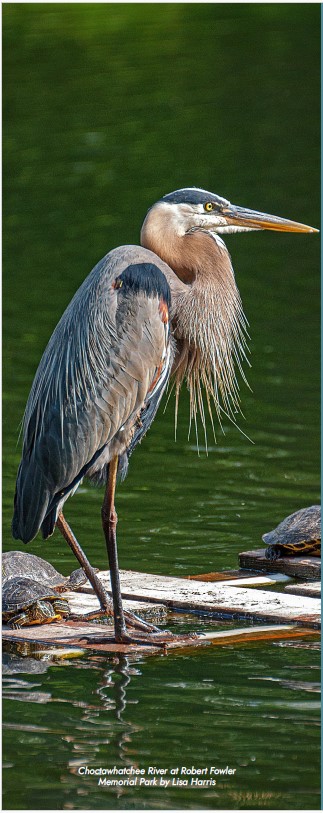Who We Are
MISSION STATEMENT
The Choctawhatchee Bay Estuary Program will implement programs and initiatives for the protection and stewardship of natural resources and water quality and strengthen community resiliency and provide environmental education to maintain a vibrant economy and high quality of life.
VISION STATEMENT
The Choctawhatchee Bay Estuary Program promotes a thriving ecology and environment for the Choctawhatchee Bay, River, and watershed. We aspire to protect and enhance these valuable assets for the enjoyment and benefit of our communities, and to support diverse economic and recreational interests.
The Choctawhatchee Bay Estuary Program (CBEP) is a partnership between government, non-profit, and community partners to protect and improve the natural resources, water quality, and economic value of the Choctawhatchee Bay and its watershed. While efforts to protect the waterbody were coordinated at various local and regional levels, the development of a formal program is a critical step in securing the long-term knowledge, resources, and commitments to successfully support the environmental, educational, and economic values of the bay.
The Deepwater Horizon Oil Spill of 2011 significantly impacted habitats, wildlife, and local economies along the Gulf of Mexico, including the Florida Panhandle. While negative consequences remain, the spill also catalyzed attention in this region and highlighted the need to develop watershed planning and strategic stakeholder engagement. Through initial collaborative efforts driven by The Nature Conservancy (TNC) in 2013, along with other organizations, instrumental groups were formed in watersheds throughout Northwest Florida. These efforts were led by the counties, local municipalities, and other governmental and nongovernmental organizations approving resolutions which led to the formation of the Choctawhatchee Bay Estuary Coalition (CBEC) in June of 2017. The CBEC Board of Directors is represented by County Commissioners from each of Okaloosa, Walton, Holmes, and Washington Counties in Florida. Additional members include Eglin Air Force Base, the Choctawhatchee, Pea, and Yellow Rivers Watershed Management Authority (CPYRWMA) in Alabama, and the Choctawhatchee Basin Alliance (CBA).
The CBEC member counties committed in-kind administrative and technical support to develop the initial base of the CBEP. The CBEP is modeled after the U.S. Environmental Protection Agency’s (EPA) National Estuary Program (NEP) approach to estuarine management. A critical element of this approach is the establishment of a Management Conference that includes key policy leaders from local, state, and federal government; as well as representatives from businesses, industries, agricultural interests, public/private institutions, Non-Governmental Organizations (NGOs), and the public.
The CBEP recognized the value of and supported the development and implementation of a Comprehensive Conservation and Management Plan (CCMP) which would support local priorities.


